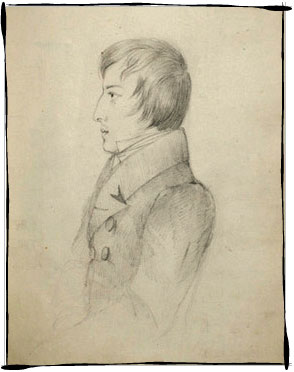



Waltz in F minor, WN 55
A separate category among Chopin’s works is constituted by pieces that the composer did not intend to publish. There were various reasons for this. These were often youthful compositions – in the eyes of the brilliant composer, not perfect enough to be made available to the general public, including pianists. The second group consisted of autographs-gifts, offered to students, friends and entered into their albums. The Waltz in F minor, of which five autographs still exist, which is quite a large number, belongs to the latter group. Four of them bear personal dedications to Chopin’s pupils: Anne-Caroline de Belleville-Oury, Elise Gavard, Countess Eszterhazy and Marie de Krüdner. Only two of them include the date they were created, hence it is difficult to determine their eventual chronology. In the manuscript dedicated to Marie Krüdner, it is 8 December 1842, while in the copy intended for Mme Oury, it is 10 December 1842. Moreover, Chopin attached a short letter to the autograph offered to Mme Oury, in which he wrote: ‘As for the little waltz I had the pleasure of writing for you, I beg you to keep it for yourself. I would not want it to see the light of day.’ Fortunately, both this and four other waltzes have not been forgotten. Julian Fontana provided them with consecutive opus numbers (69 [no. 1 – in A , no. 2 – in B minor] and 70 [no. 1 – in G
, no. 2 – in B minor] and 70 [no. 1 – in G , no. 2 – in F minor, no. 3 – in D
, no. 2 – in F minor, no. 3 – in D ]) and then published them.
]) and then published them.
The Waltz in F minor belongs to technically uncomplicated pieces, with a simple, two-part structure. It has clearly outlined themes and tonal plan. Its sentimental character makes it similar to the Waltz in B minor. None of the autographs include precise performance markings: in two of them we can find only a tempo marking: Allegretto, while one of the autographs contains an articulation marking (legato) and few dynamic indications. One of Chopin’s pupils, Wilhelm von Lenz, wrote that the composer highly valued the waltzes from op. 70, in particular the Waltz in F minor. ‘I have heard him perform it often, and it is an unparalleled performance! This nostalgic piece could be called Malinconia!’ reports Lenz. It must have been this melancholy character that motivated the first Polish publisher of the Waltz, Juliusz Wildt, to include it, along with the Waltz, op. 69 no. 2, in the collection entitled Deux Valses Melancholiques.
M.M.
Bibliography:
Eigeldinger, Jean-Jacques, Chopin w oczach swoich uczniów, Kraków 2000.
Chechlińska, Zofia, Autografy Walców op. 69 nr 1 i op. 70 nr 2, [in:] ed. Piotr Poźniak, Affetti musicologici. Księga pamiątkowa z afektem ofiarowana profesorowi Zygmuntowi Marianowi Szweykowskiemu w 70. rocznicę urodzin, Kraków 1999, pp. 337-349.
Kobylańska, Krystyna, Rękopisy utworów Chopina. Katalog, vol. I and II, Kraków 1977.
Chomiński, Józef Michał, Turło, Dalia Teresa, Katalog dzieł Fryderyka Chopina, Kraków 1990.

